Development
The VR Prototype — Immersive Multimodal Learning
The VR prototype is where the Bhelo Design System takes its most concrete form, providing users with an immersive and interactive experience. Designed to integrate the concepts of the Interaction Matrix and AR Library, the prototype showcases how these layers work together to create useful interactions in a virtual environment.
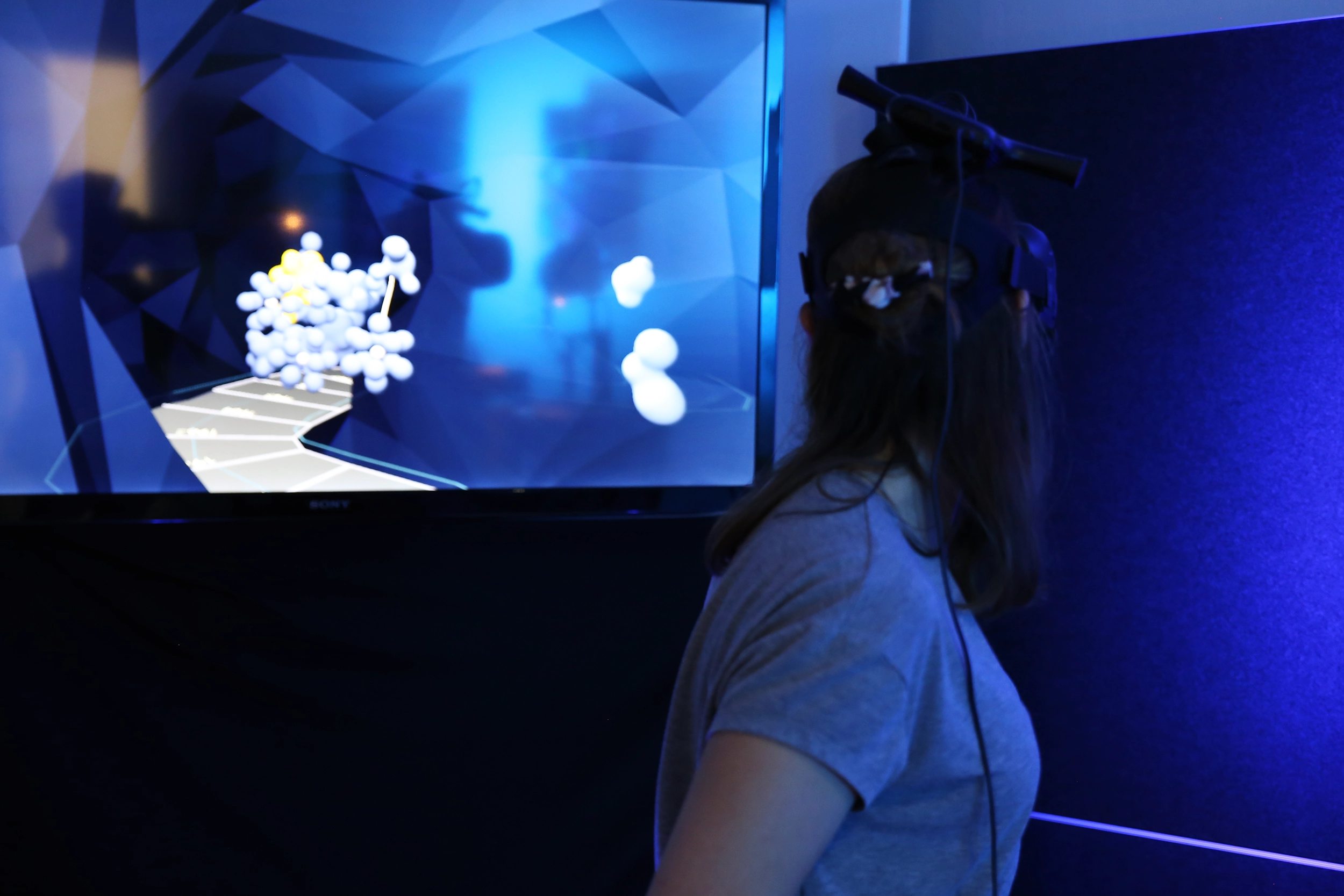
Storyline and interactions
The VR Prototype focuses on a simple storyline — the life of Martin Luther King Jr. and the events surrounding the 1955 Rosa Parks Bus Boycott. This storyline was chosen for its educational value and linear flow, making it an ideal framework for demonstrating the design system’s capabilities. By walking through this virtual timeline, users are introduced to a new way of learning that engages multiple modalities, including kinesthetic and visual learning.
Opening the Storyline: Users begin by opening a container that introduces the storyline.
Discovering Events: A timeline map guides users to specific years, such as 1955, where Rosa Parks’ actions triggered a significant chain reaction.
Tele-transporting: Users can teleport to specific years or walk step-by-step to their destination, enhancing kinesthetic learning.
Exploring Event Containers: Once at the event, users open containers to access detailed information.
Adding Notes: Users can write and attach virtual post-it notes to events, engaging with the material through text input.
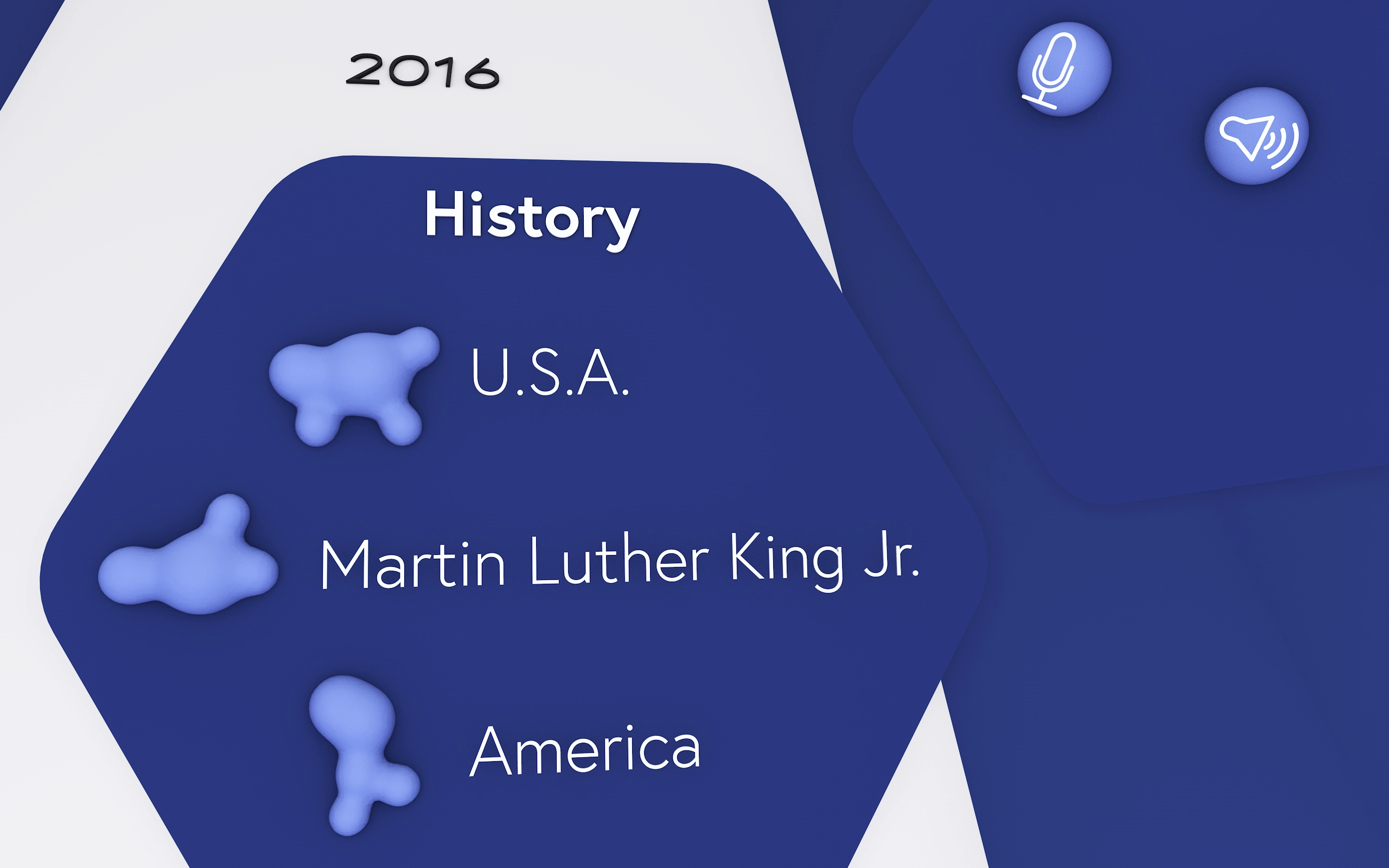
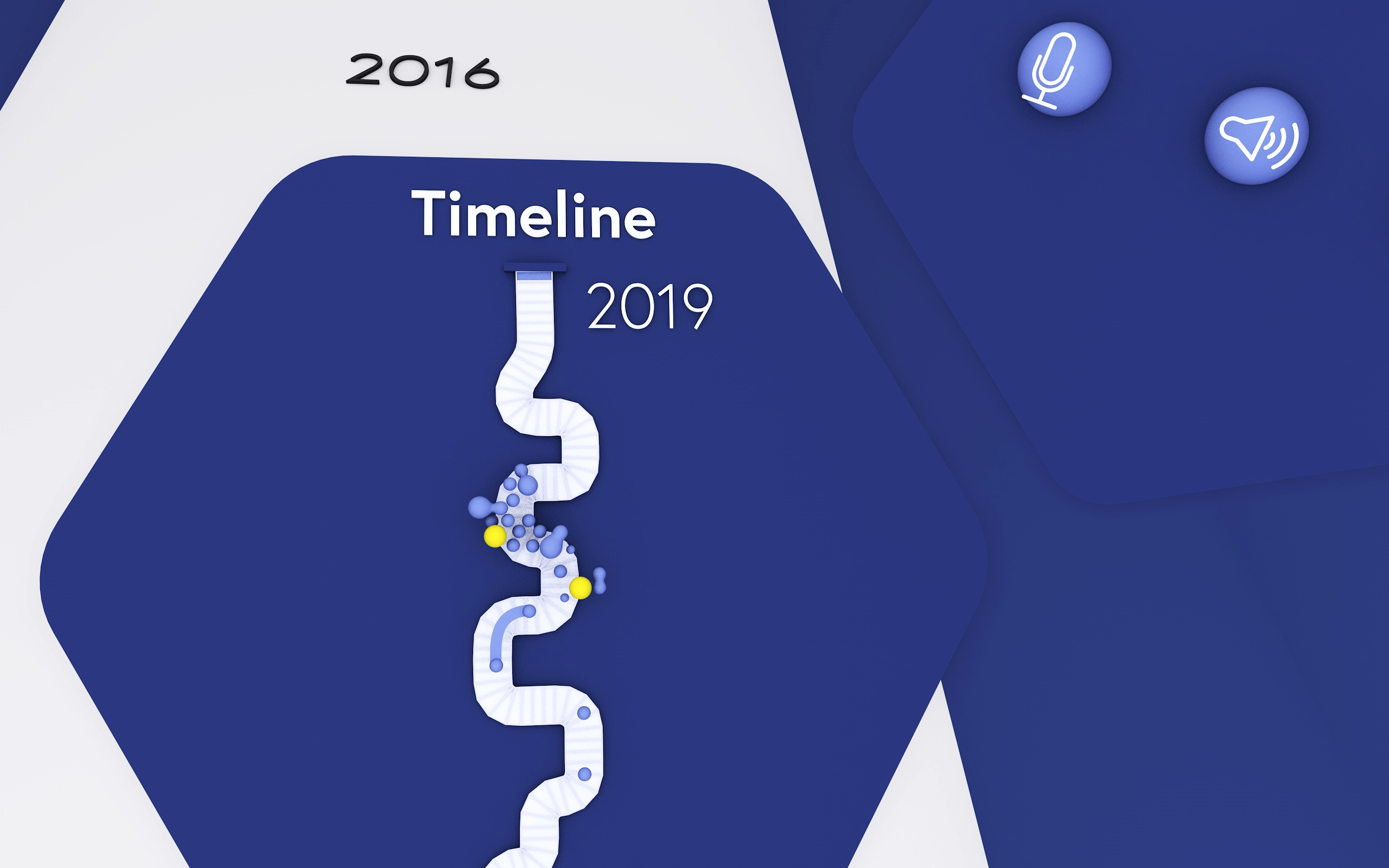
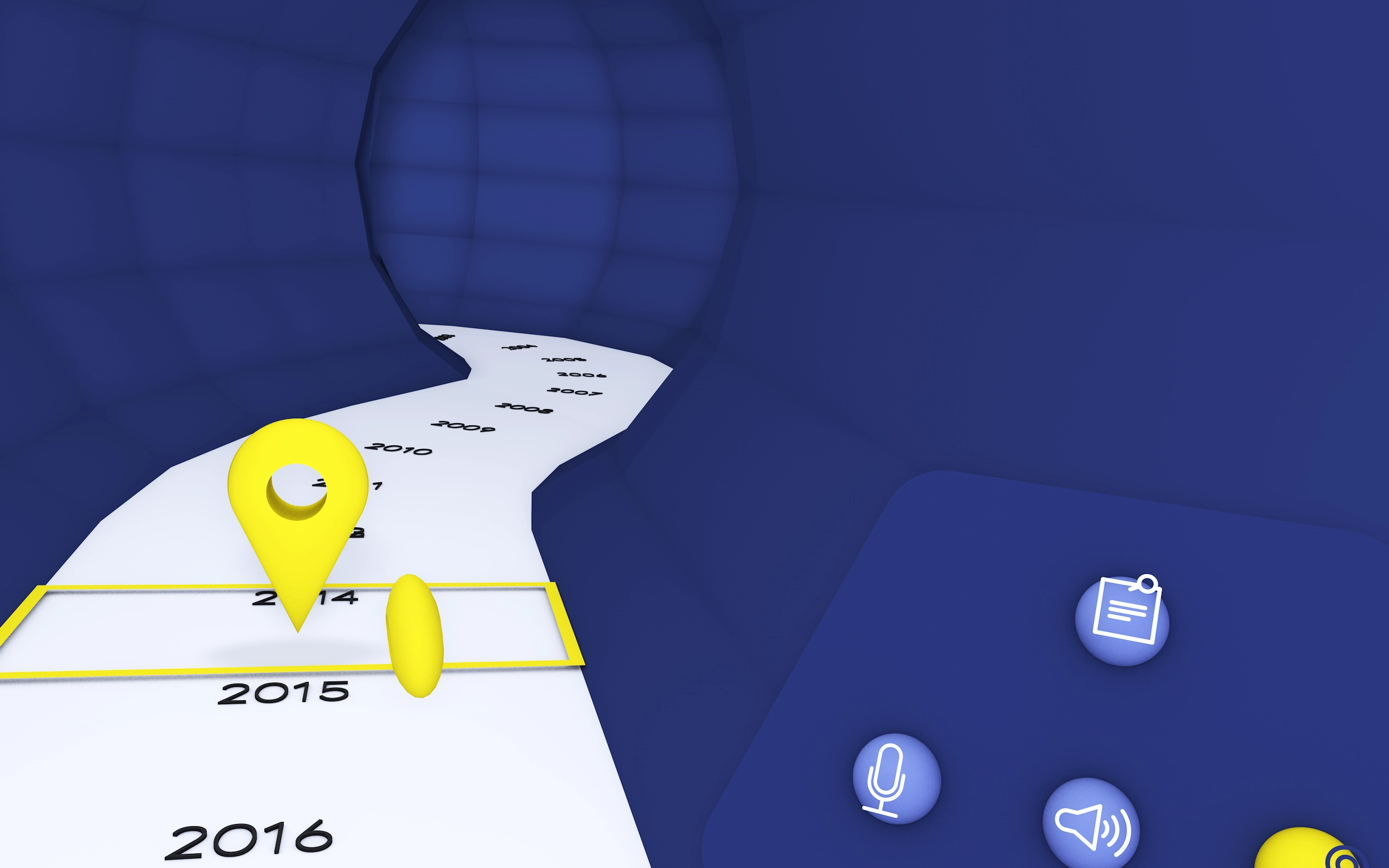
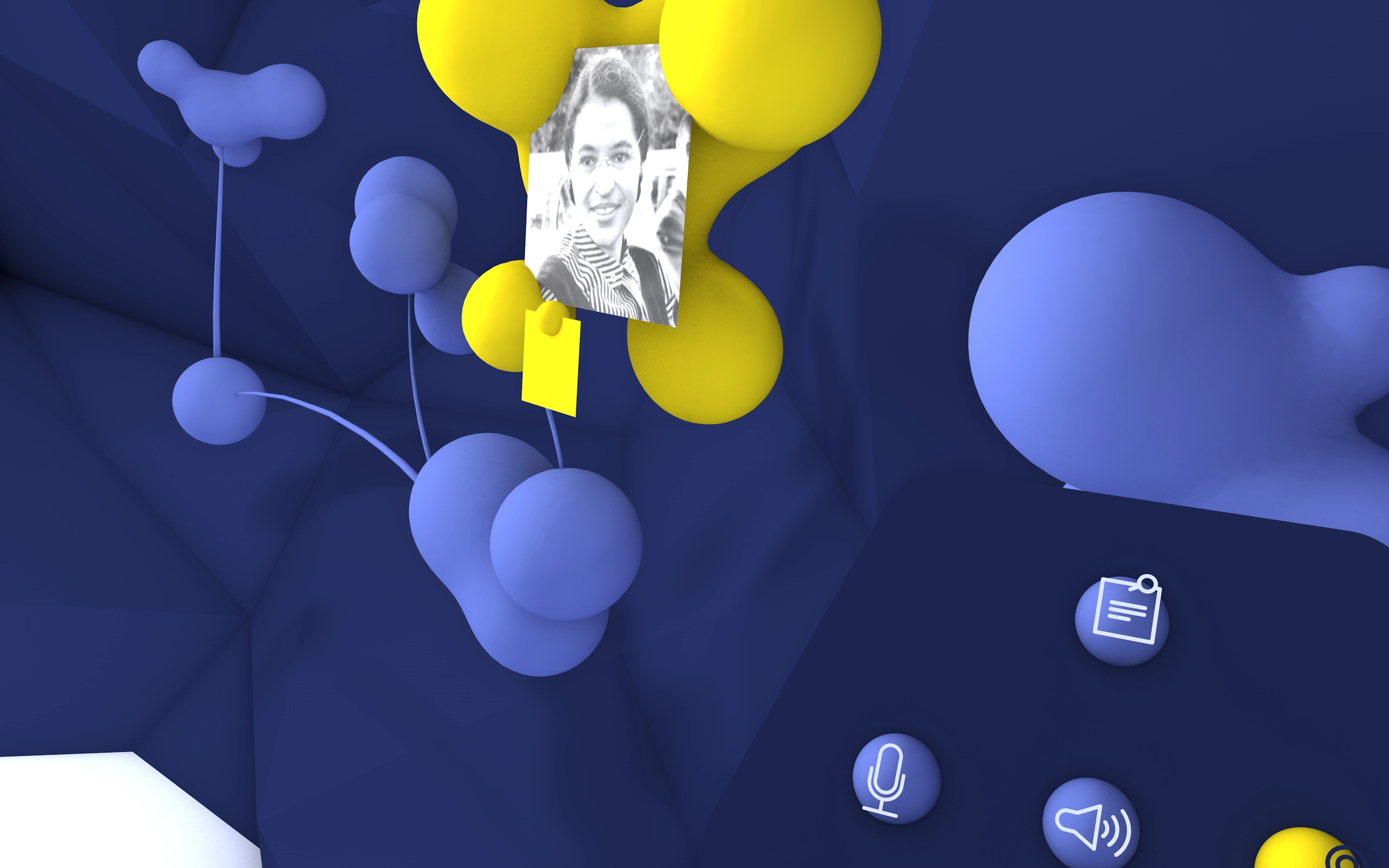
Environment and Spatial Design
The VR prototype is designed to improve kinesthetic and visual learning through the use of spatial design and interface. The timeline is not linear, but features gentle curves and varying distances, creating a dynamic environment that activates the user's spatial perception. Textural and chromatic coding further supports learning by distinguishing conflicting and non-conflicting events, making the information easier to process and remember.
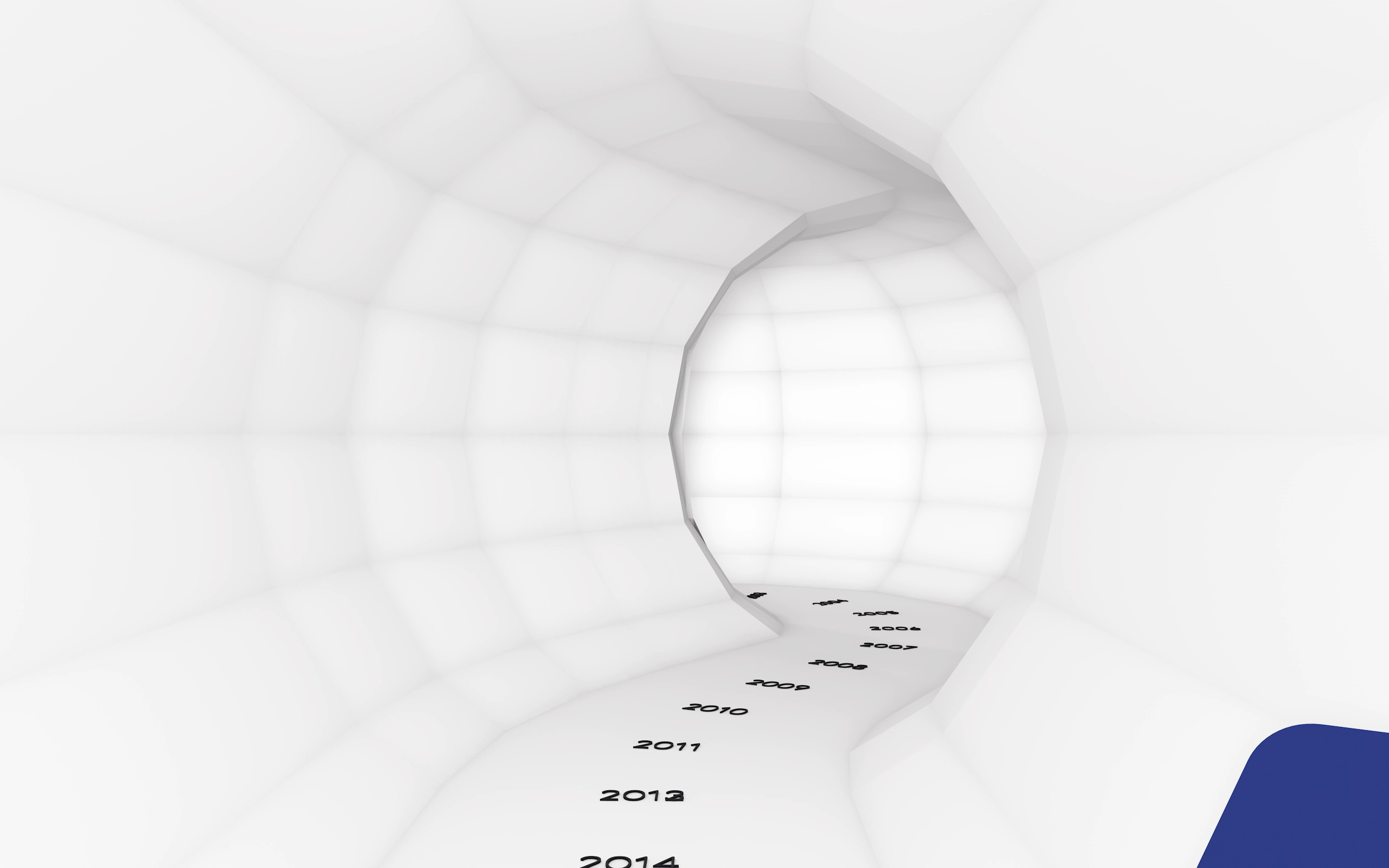



A Functional Study
While the prototype is a study in progress, the goal was to achieve a proof of concept by testing it. However, due to time and resource restrictions, it was not possible to test the prototype with a sample of the target group, such as kinesthetic and visual learners. This limitation means that the prototype remains an unvalidated exploration of how VR can support diverse learning modalities.
Although the prototype remained untested with specific target groups, the exhibition highlighted its potential to address diverse learning needs. Visitors appreciated the integration of spatial design, multimodal learning and storytelling, and noted how these elements could transform traditional educational experiences.
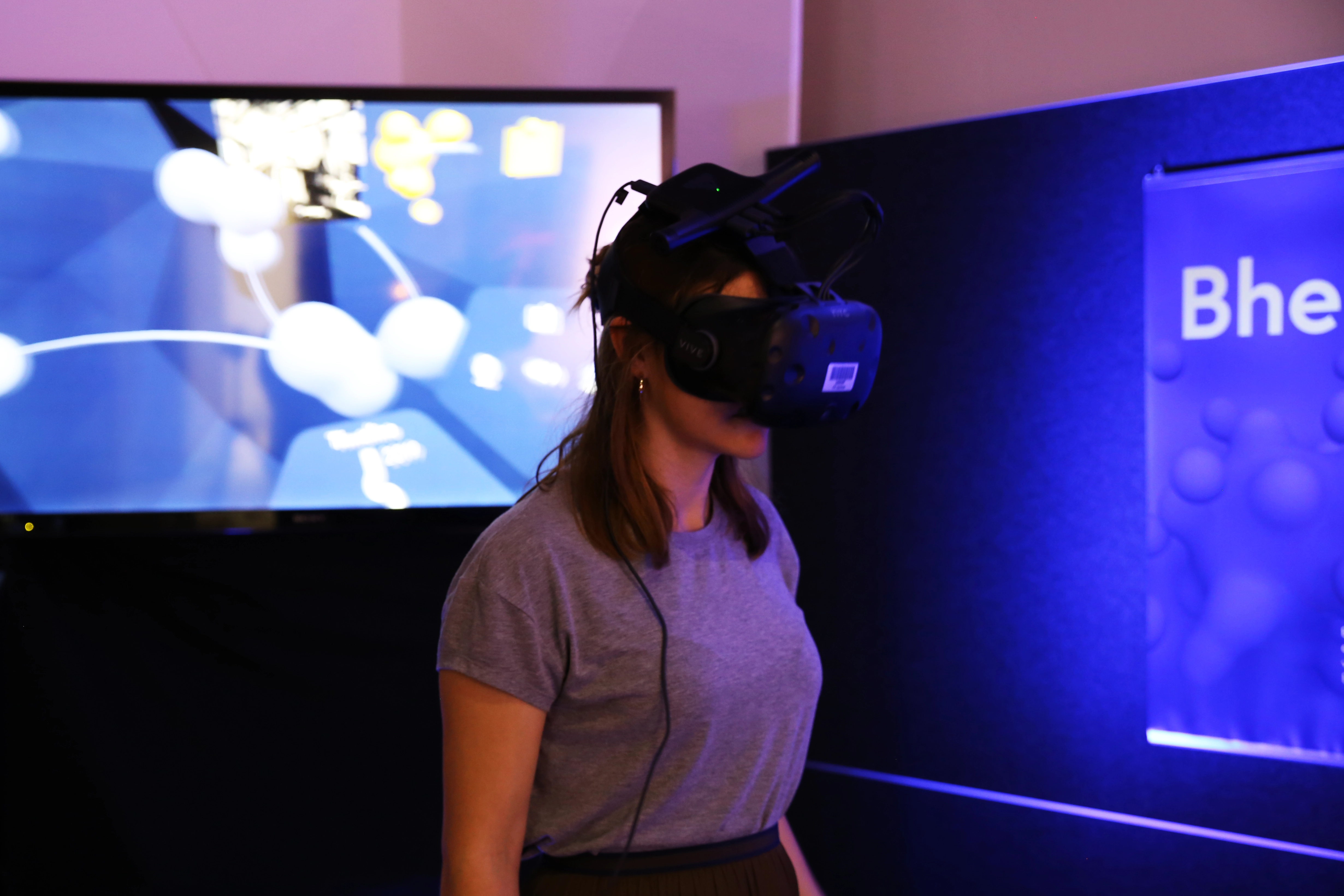

Conclusion
This thesis presents the Bhelo Design System as a conceptual framework for designing immersive and inclusive virtual learning environments. Through the development of the Interaction Matrix, AR Library, and VR Prototype, the system bridges theoretical models with practical implementations, emphasizing the importance of multimodal learning.
The findings underscore the potential of spatial and interactive design to enhance engagement and accessibility for learners with diverse preferences. However, the lack of testing with target groups, such as kinesthetic and visual learners, remains a limitation that future research should address.
By providing a structured and adaptable framework, this study lays the groundwork for further exploration of immersive technologies in education, contributing to the ongoing discourse on inclusive and personalized learning approaches.
